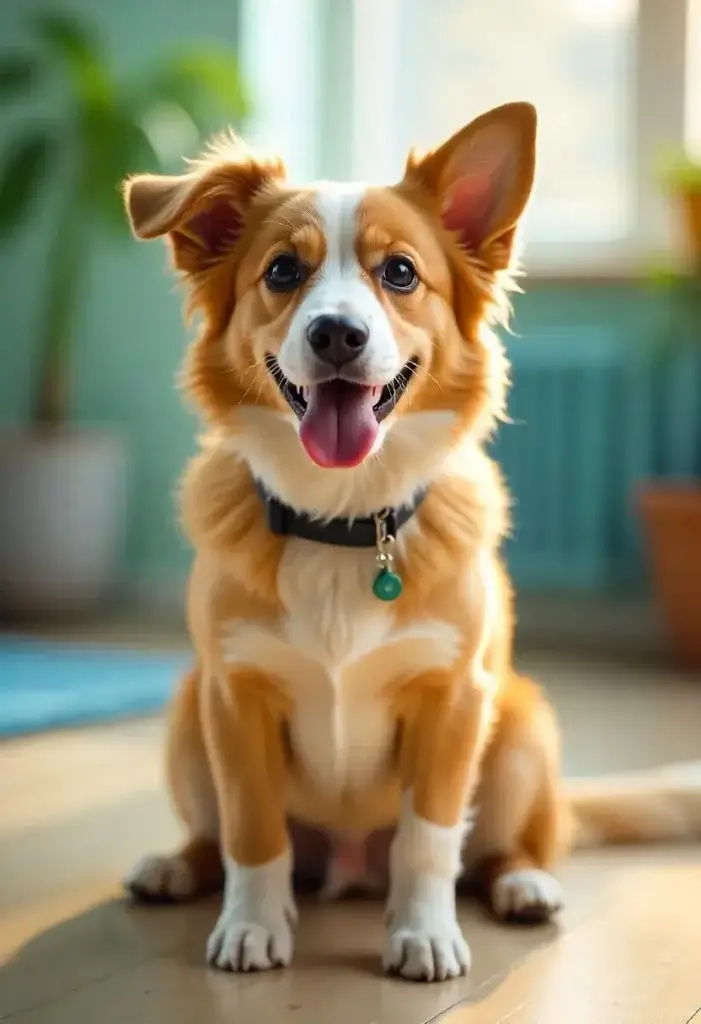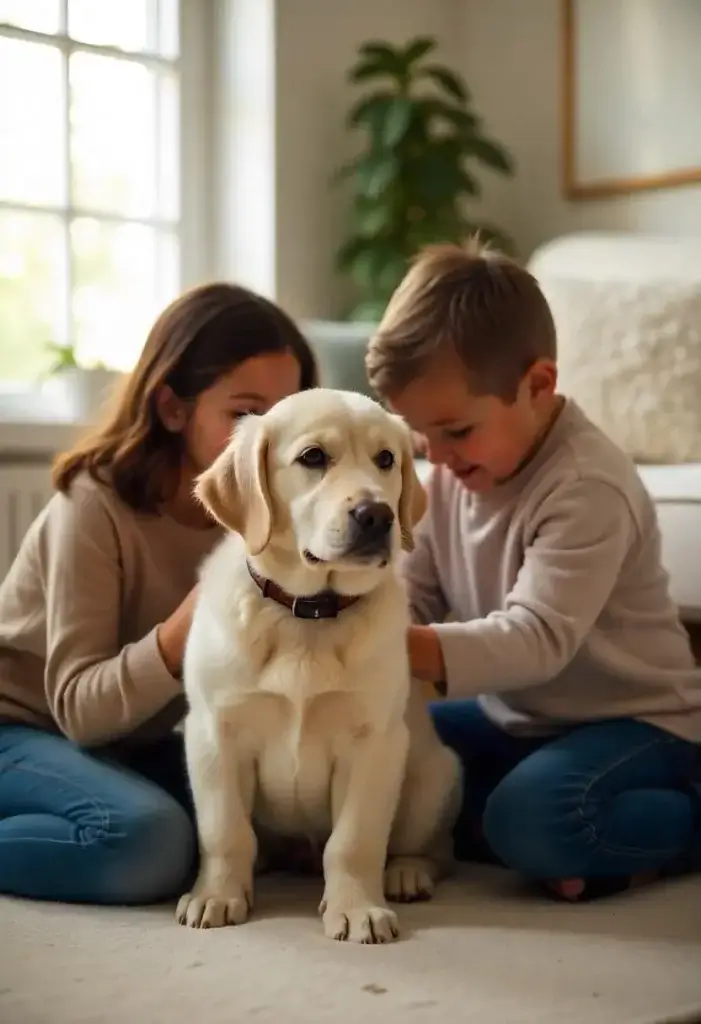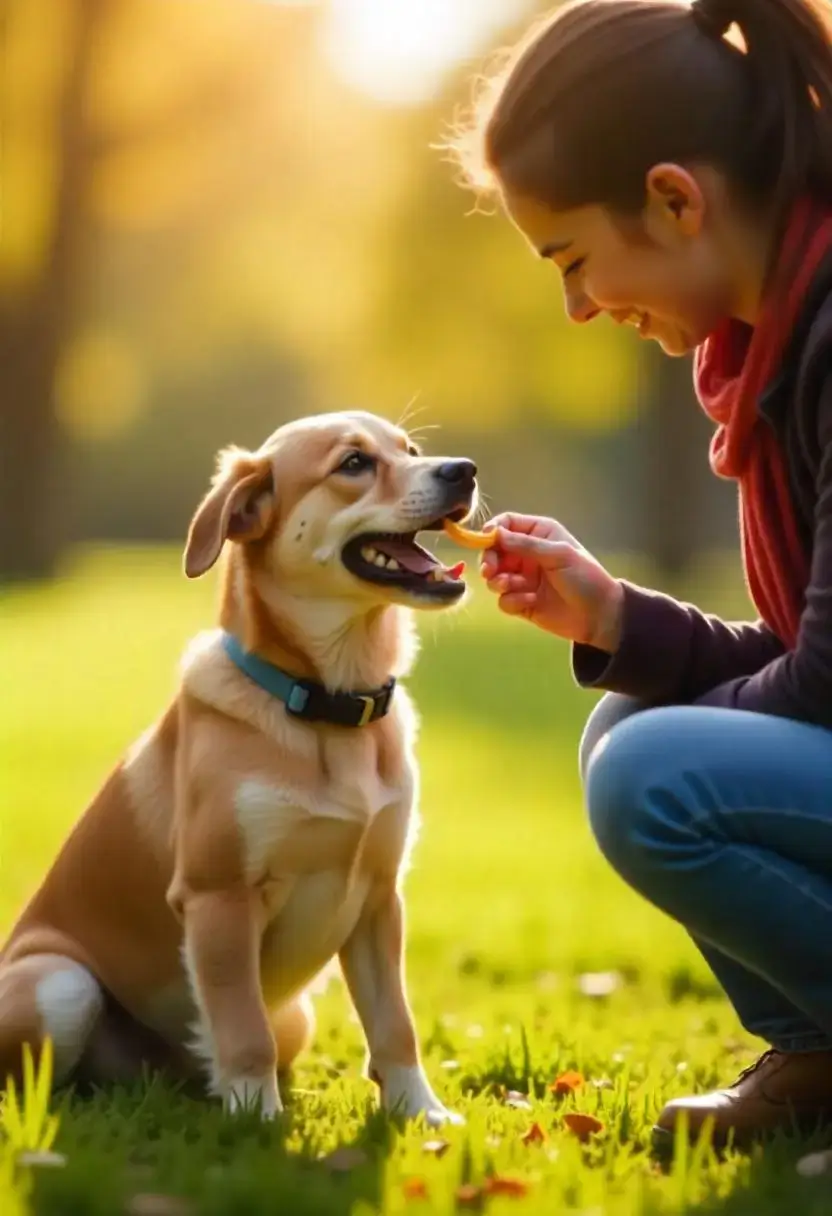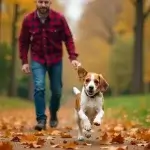Positive reinforcement has revolutionized dog training, transforming traditional methods into a humane, effective approach that builds trust and enhances your dog’s natural abilities. In this comprehensive guide, we explore the benefits of positive reinforcement, how to implement it step-by-step, and expert tips for creating a lasting bond with your pet.
What is Positive Reinforcement in Dog Training?
Positive reinforcement is a training method that rewards desirable behavior rather than punishing unwanted actions. This approach encourages your dog to repeat good behaviors by associating them with positive outcomes.
The Philosophy Behind Positive Reinforcement
- Encouragement Over Punishment:
Positive reinforcement focuses on rewarding good behavior rather than scolding mistakes. This helps build your dog’s confidence and creates a positive learning environment. - Strengthening the Human-Canine Bond:
Reward-based training enhances the relationship between you and your dog by fostering trust, respect, and clear communication.
Benefits of Positive Reinforcement
- Effective Learning:
Dogs learn faster when they know a reward is coming, making training sessions more engaging and successful. - Reduced Stress:
Rewarding good behavior minimizes anxiety and stress, promoting a happier, more confident pet. - Long-Term Behavior Modification:
Positive reinforcement builds a strong foundation for long-lasting behavioral changes, reducing the likelihood of future issues.
Scientific Support for Positive Reinforcement
Research has shown that positive reinforcement can lead to higher retention of training and more consistent performance in dogs. Studies highlight that rewards such as treats, praise, and playtime stimulate the release of feel-good hormones in your pet, reinforcing the training process.
Getting Started with Positive Reinforcement
Before diving into advanced techniques, it’s essential to understand the basics of setting up a positive reinforcement training program.
Essential Tools and Supplies
Choosing the Right Rewards
- Treats and Snacks:
Use small, healthy treats that your dog finds irresistible. Ensure that they are appropriate for your pet’s dietary needs. - Verbal Praise:
A cheerful tone and positive words can work wonders in reinforcing good behavior. - Toys and Playtime:
For energetic dogs, integrating play as a reward can be highly effective.
Creating a Training Environment
- Minimize Distractions:
Start training in a quiet area to help your dog focus on the task at hand. - Consistency is Key:
Regular training sessions in the same space help your dog understand what is expected. - Short and Sweet Sessions:
Keep training sessions brief but frequent to maintain your dog’s interest and prevent fatigue.
Techniques for Effective Positive Reinforcement

Implementing positive reinforcement requires consistent techniques and a deep understanding of your dog’s behavior.
Step-by-Step Training Methods
The Clicker Training Method
Clicker training is a popular positive reinforcement technique that uses a small device to mark the desired behavior.
- Step 1: Introduce the Clicker:
Associate the sound of the clicker with a treat. Every time you click, immediately offer a reward. - Step 2: Mark the Behavior:
When your dog performs the desired behavior, click and reward immediately. - Step 3: Gradual Fading:
Over time, reduce the frequency of treats while continuing to use verbal praise.
Reward-Based Verbal Commands
Incorporate verbal commands that are consistently followed by rewards.
- Step 1: Choose Clear Commands:
Use simple, distinct commands like “sit,” “stay,” or “come.” - Step 2: Immediate Rewards:
Reward your dog the moment they obey the command to reinforce the connection. - Step 3: Repeat and Reinforce:
Consistent repetition helps solidify the command in your dog’s mind.
Shaping and Capturing Behavior
This technique involves rewarding gradual approximations toward the desired behavior.
- Step 1: Observe Natural Behaviors:
Notice actions your dog naturally performs that are close to the target behavior. - Step 2: Reward Incremental Changes:
Give treats for small improvements until the desired behavior is fully achieved. - Step 3: Build Complexity Over Time:
Gradually increase the difficulty of the task as your dog masters the basics.
Common Challenges and How to Overcome Them
Even with a positive approach, you may encounter some challenges along the way. Understanding these obstacles and learning how to overcome them can make a significant difference.
Troubleshooting Training Hurdles
Inconsistent Rewards
- Problem:
Inconsistent reward timing can confuse your dog. - Solution:
Ensure that every correct behavior is immediately followed by a reward. Consistency builds a strong association between the behavior and the positive outcome.
Over-Reliance on Treats
- Problem:
Your dog might become fixated on treats rather than the behavior itself. - Solution:
Gradually introduce other forms of rewards, such as verbal praise and play. Slowly reduce the treat frequency to encourage independent behavior.
Distractions During Training
- Problem:
External distractions can disrupt your dog’s focus. - Solution:
Start training in a quiet, controlled environment and gradually introduce distractions as your dog improves.
Advanced Tips for Positive Reinforcement Training

Taking your positive reinforcement training to the next level can help solidify behaviors and create a well-rounded, obedient pet.
Incorporating Technology and Tools
Using Interactive Toys
Modern interactive toys can provide mental stimulation and reward-based learning. These toys encourage your dog to solve puzzles for a treat, merging play with training.
Mobile Apps for Dog Training
Several smartphone apps can help track your dog’s progress, provide training reminders, and offer innovative reward ideas. Incorporate these digital tools to supplement your training routine.
Maintaining Long-Term Success
Regular Training Sessions
Keep your dog’s skills sharp by scheduling regular training sessions even after they have mastered basic commands.
Continuous Learning
- Enriching Activities:
Introduce new challenges and tricks to keep your dog mentally engaged. - Socialization:
Group training classes or dog parks provide a great opportunity for your dog to practice their skills in a dynamic environment.
Building a Lifelong Bond
Positive reinforcement not only trains your dog but also strengthens the bond between you. Celebrate small victories and enjoy the journey of mutual growth and understanding.
Embrace Positive Reinforcement for a Better Tomorrow
Positive reinforcement is more than just a training method—it’s a philosophy that nurtures trust, encourages growth, and creates lasting bonds between you and your dog. By focusing on rewarding positive behaviors, you pave the way for a well-behaved, confident, and joyful companion.
Implement these techniques with consistency, patience, and creativity, and witness your dog’s transformation into a responsive, happy, and obedient friend. Happy training!


